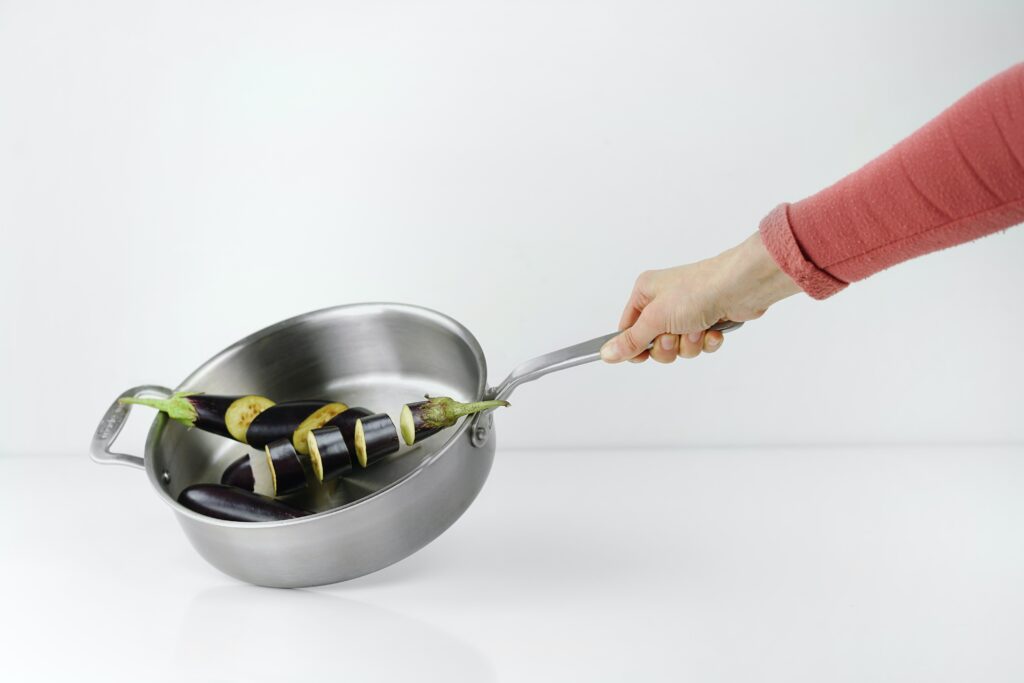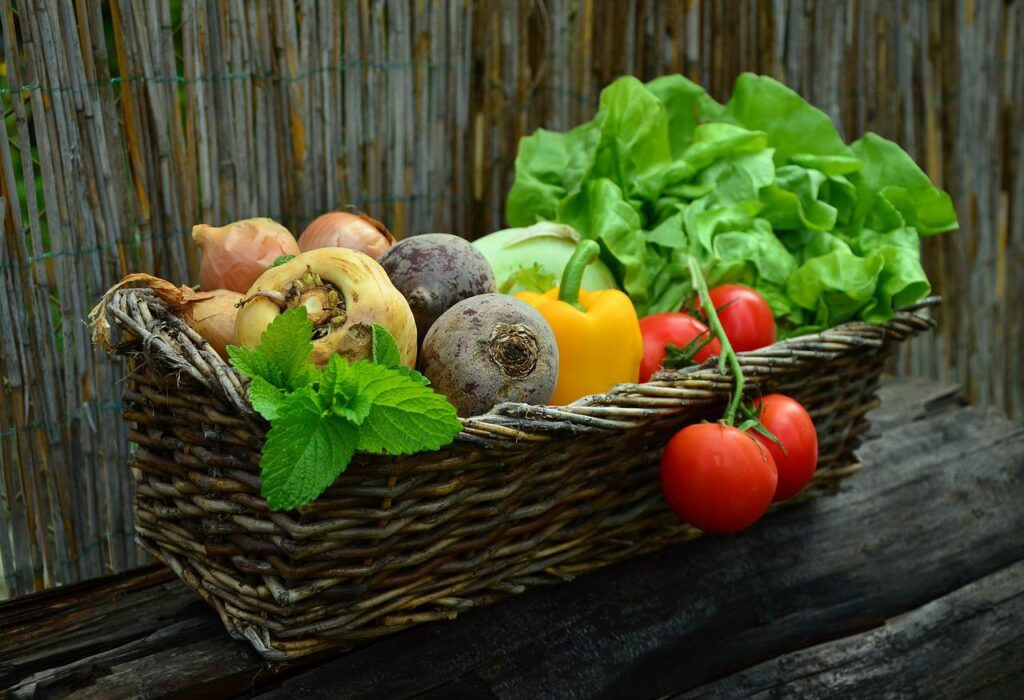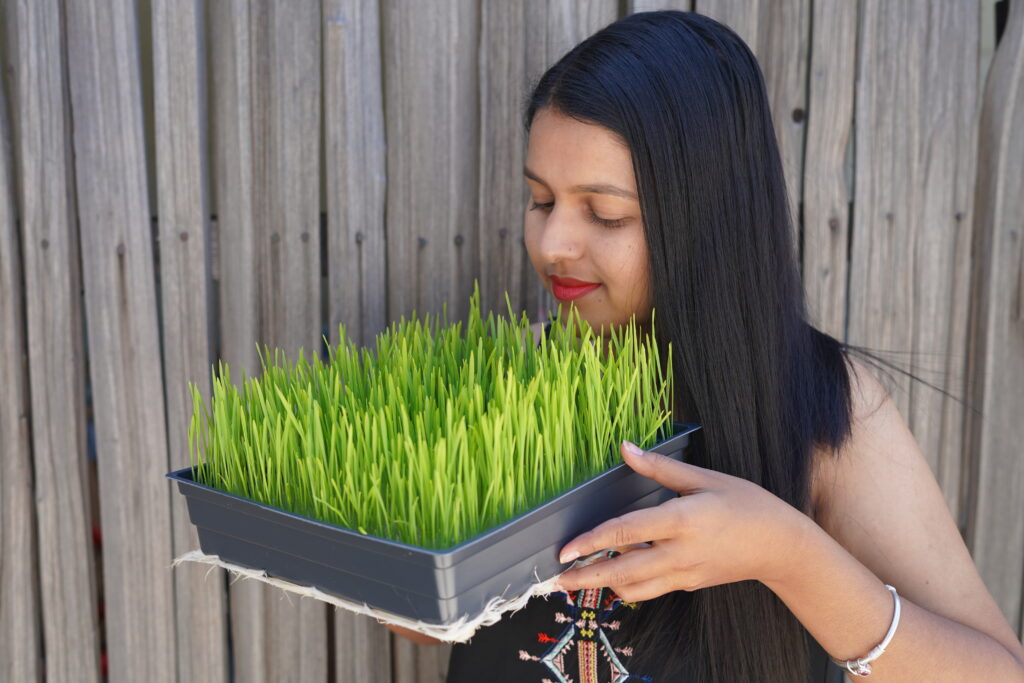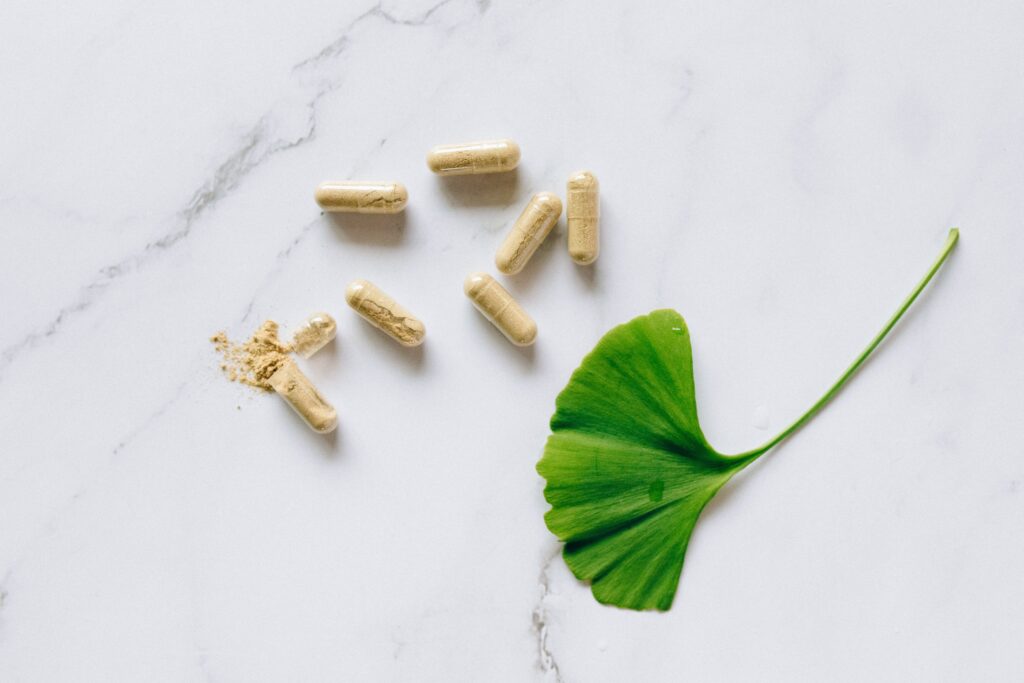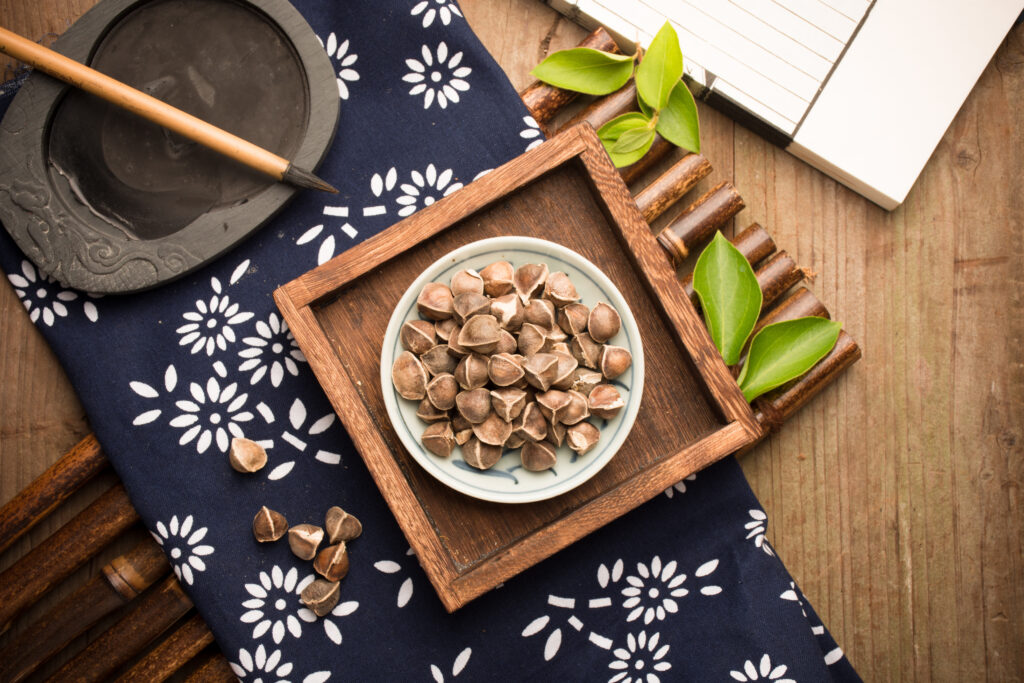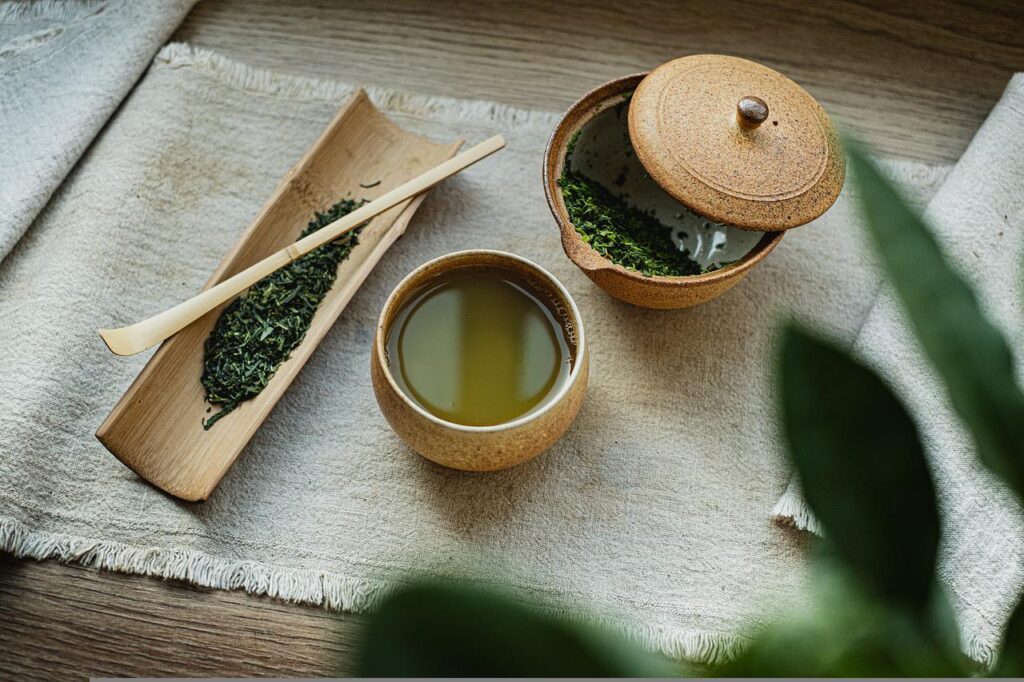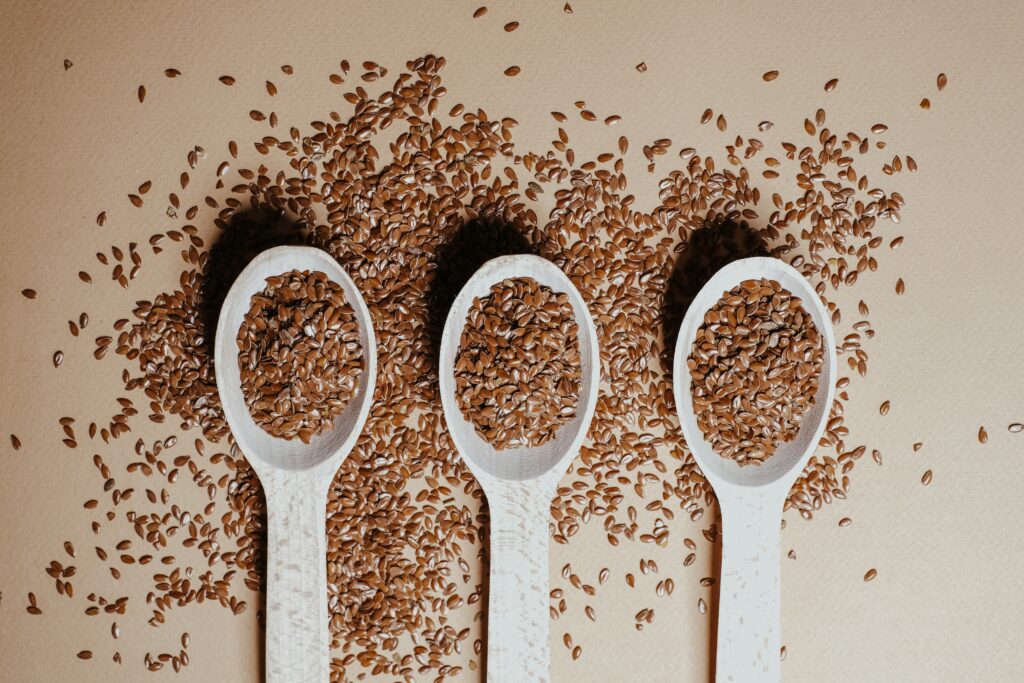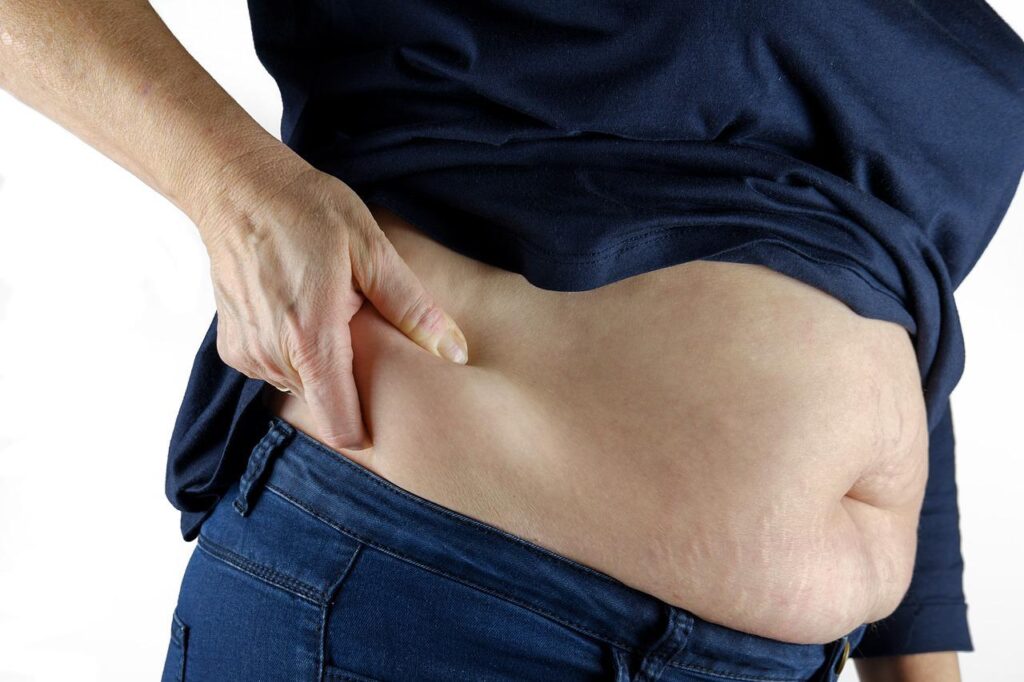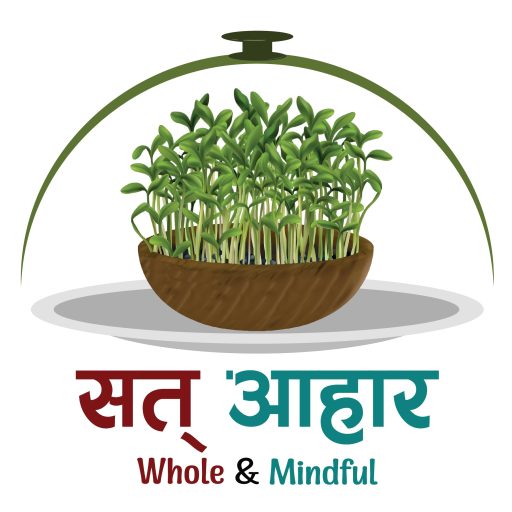Which is the best cookware?
*Go to takeaway for the short summary if you do not have time to read the whole article.
People use different materials as a kitchenware or cookware in their kitchen. Some use stainless steel, aluminum while others with Teflon coated non sticky cookware such as frying pan. Today, let us find out which cookware is which is the best and which is the hazardous one for your health.
- Aluminum cookware
Aluminum is a metal used in variety of stuffs such as antiperspirants, medications and as food additives. Cookware made from aluminum are reported to have toxic effects in health. Cooking in aluminum container constantly leaches aluminum and probably other harmful chemicals as well. People exposed to aluminum are shown to have higher oxidative stress, DNA damage and reduced antioxidant capacity (1). The effect is greater if the cooked or stored food is acidic in nature (such as yogurt, tomato pickle, fruit juice). Even aluminum bottles or pots are source of exposure (2). A research conducted in 2017 shows that locally made aluminum cookware by casting liquid aluminum melted from scrap metal (waste engine parts, vehicle radiators, lead batteries, computer parts) are potential sources of lead, arsenic, and aluminum (3). It is also less durable.
In Nepal, aluminum cookware is often called silver or silteko bhada.
2. Non sticky cookware
In non-stick cookware, PTFE (polytetrafluoroethylene), a synthetic polymer, is used as an inner coating substance, which is commonly known as Teflon. This type of cookware gives a non-sticky surface which is easy to use and simple to clean but less durable.
Recent research has found that at normal cooking temperatures (179°C to 233°C), PTFE-coated cookware emits a variety of gases and compounds that have mild to severe toxicity. Even though some nonstick pans are labeled as PFOA*-free, they have been found to emit harmful vapors at normal cooking temperatures. Due to toxicity concerns, PFOA is being replaced with other chemicals such as perfluoro-2-propoxypropanoic acid (PFPrOPrA, Trade name: GenX) in the polymerization process of Teflon. However, these new chemicals are also suspected to have similar toxicity effects (but less accumulated in the body) (4). Aside from the gases created during the heating of the frying pans, the coating itself begins to deteriorate after a while. When cooking on Teflon-coated pans, it is usually recommended to use low heat, but in a consumer level, it is usually disregarded. It is also reported that well-known toxic environmental pollutant PFOA is also used in the synthesis of PTFE.
Moreover, in countries like Nepal, we do not have such legal or regulatory practice where we buy such cookware from. Thus, non-sticky pan found in Nepal may contain PFOA. Remember, PFOA is linked to serious health conditions including thyroid disorders, chronic kidney disease, liver disease, and several cancers. It has also been associated with infertility and low birth weight. Although research on the health risks of products with PTFE coatings is still in its early stages, the cookware is advertised as though it has been proven to be healthful and toxic-free (5). Note that, birds are sensitive to these fumes produced heat heating of Teflon.
3. Cast iron cookware
Cast iron cookware such as Karai, Tawa, Dadu, Paniu etc are traditionally used in Nepal. However, due to urbanization such utensils are being replaced by non-stick cookware especially in urban areas. Such cookware is known to be very beneficial specially to improve iron status among vulnerable population especially children and women of reproductive age (6). Among all other strategies to improve iron status among people who do not consume meat, cooking iron rich foods especially the legumes and green leafy vegetables in cast iron pot can be a beneficial strategy (7). Also, cast iron utensils are durable and have no other harms in day-to-day cooking. Yes, cast iron utensils are little heavier and has chance to get rusting, that is not a good excuse to not use it. It is cheap, beneficial, and durable, are not they enough to use them? This way, you will protect your tradition as well.
Pro tip: When the food you are cooking is rich in sourness (like making tomatoko achar), make it quick and you may immediately transfer it into another pot for storage to avoid metallic taste.
How to avoid rusting in cast iron cookware?
Clean properly after cooking, dry using a cloth towel and store in dry place.
4. Stainless steel
Stainless steel is an iron-based alloy containing at least 10.5 % chromium and maximum of 1.2 % carbon. Other alloying elements may be added during melting such as nickel, that may help to keep it unrusted. Stainless steel cookware is generally safe and cause no harm to human health. While cooking for prolonged time (usually more than 2 hour-which is less likely), nickel and chromium are leached from the stainless steel. However, the leaching is only when the utensil is new. Metal leaching decreases with subsequent cooking cycles and stabilizes after the sixth time you cook with it (8) (9).
5. Ceramic cookware
Ceramic cookware made from pure ceramic is safe for cooking purpose. Their handling needs care, and they are pricier as well. However, utensils named ‘ceramic coated’, ‘ceramic base’ etc. are not pure ceramic. Note that, different glazes are used to make ceramic utensils of desired texture, smoothness, and color. This might be source of lead leaching from ceramic utensils. So, when you buy ceramic cookware, look at the glazing material used and always go for quality product (10).
6. Copper cookware
Copper is widely famous in Hindu culture especially as a utensil to offer holy water to God. Copper cookware usually has a copper-coated base made of another metal, such as stainless steel. Cooking in copper cookware may leach copper in food, which if leached in small amount is healthy but if in large amount might be toxic. When acidic foods are cooked in unlined copper cookware or in lined cookware where the lining has worn through, toxic amounts of copper can leech into the foods being cooked. Continuous use of copper vessels for preparing and storing food and prolonged use of water stored in copper vessels over a long period of time is likely to cause copper toxicity and induce serious health conditions (11) (12). Note that, water stored in copper pot for about 16 hour is considered good for health as it has anti-microbial properties and leaching of copper in less amount (which is often desirable) (13). To summarize, day to day cooking in copper utensil is not advised due to its potential bioaccumulation and toxicity.
Takeaway: Analyzing potential safety, durability, and cost, cast iron and stainless steel are better options for cooking and preserving foods. Drinking water can be stored in copper pot overnight for health benefits and water purification. Aluminum, Teflon coated, and copper cookware are not recommended for day-to-day cooking and storage of foods.

